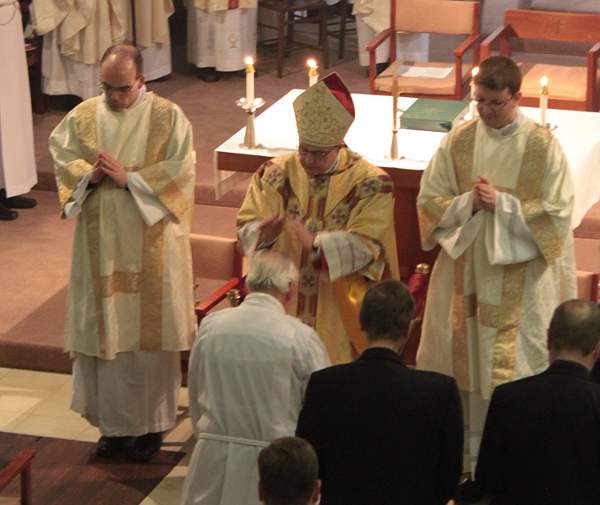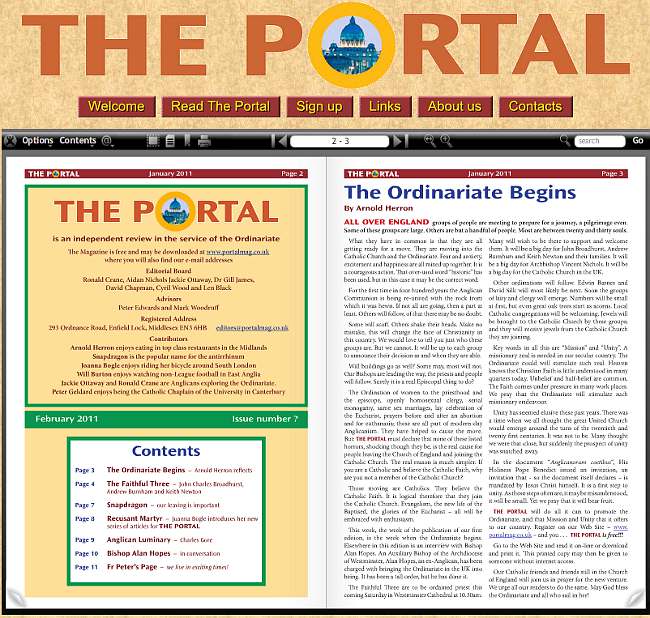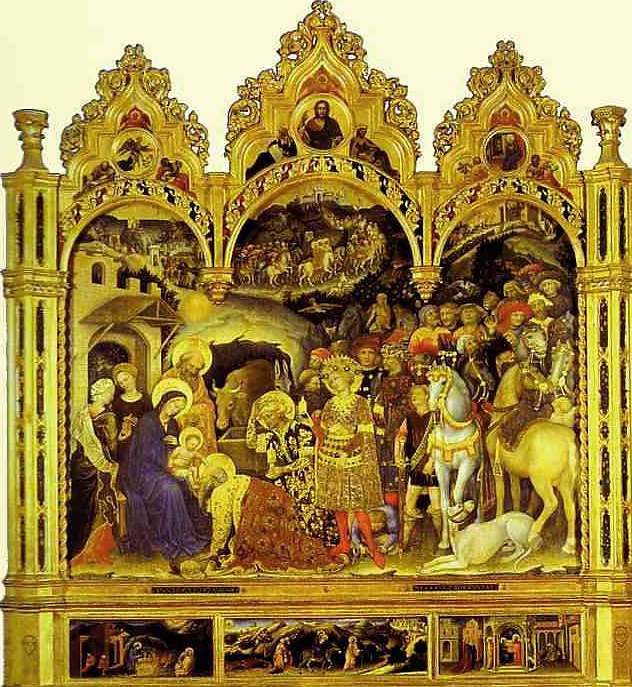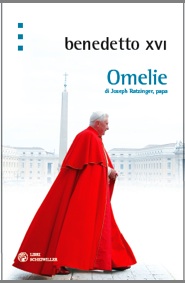Den hellige Caterina av Genova
Jeg må innrømme at jeg inntil i går aldri kan huske å ha hørt om den hellige Caterina av Genova, men på onsdagens generalaudiens fortalte pave Benedikt om henne for å understreke følgende poeng: «Dear friends, we must not forget that the more we love God and are constant in prayer, the more we will truly love those who are around us, those who are close to us, because we will be able to see in every person the face of the Lord, who loves without limits or distinctions. …»
Caterina (1447-1510) hadde blitt giftet bort i ung alder til en mann som behandlet henne dårlig, og levde også selv et ganske verdslig liv de første 10 årene som gift. Men slik forteller paven om hennes omvendelse:
… Her conversion began on March 20, 1473, thanks to an unusual experience. Catherine went to the church of St. Benedict and to the monastery of Our Lady of Graces for confession and, kneeling before the priest, «I received,» as she herself writes, «a wound in my heart of the immense love of God,» and such a clear vision of her miseries and defects, and at the same time of the goodness of God, that she almost fainted. She was wounded in her heart by the knowledge of herself, of the life she led and of the goodness of God. Born from this experience was the decision that oriented her whole life, which expressed in words was: «No more world, no more sin» (cf. Vita Mirabile, 3rv). Catherine then left, leaving her confession interrupted. When she returned home, she went to the most isolated room and thought for a long time. At that moment she was inwardly instructed on prayer and became conscious of God’s love for her, a sinner — a spiritual experience that she was unable to express in words (cf. Vita Mirabile, 4r). It was on this occasion that the suffering Jesus appeared to her, carrying the cross, as he is often represented in the iconography of the saint. A few days later, she returned to the priest to finally make a good confession. The «life of purification» began here, a life that for a long time caused her to suffer a constant pain for the sins committed and drove her to impose penances and sacrifices on herself to show her love of God.
On this path, Catherine became increasingly close to the Lord, until she entered what is known as the «unitive life,» that is, a relationship of profound union with God. She wrote in her «Life» that her soul was guided and trained only by the gentle love of God, who gave her everything she needed. Catherine so abandoned herself in the Lord’s hands that she lived, almost 25 years, as she wrote, «without the need of any creature, only instructed and governed by God» (Vita, 117r-118r), nourished above all on constant prayer and Holy Communion received every day, something unusual at that time. Only years later, the Lord gave her a priest to care for her soul. …
På katolsk.no kan vi også lese om den hellige Caterina av Genova; mye om hennes liv, men ikke så mye om hennes omvendelse og åndelige utvikling.






